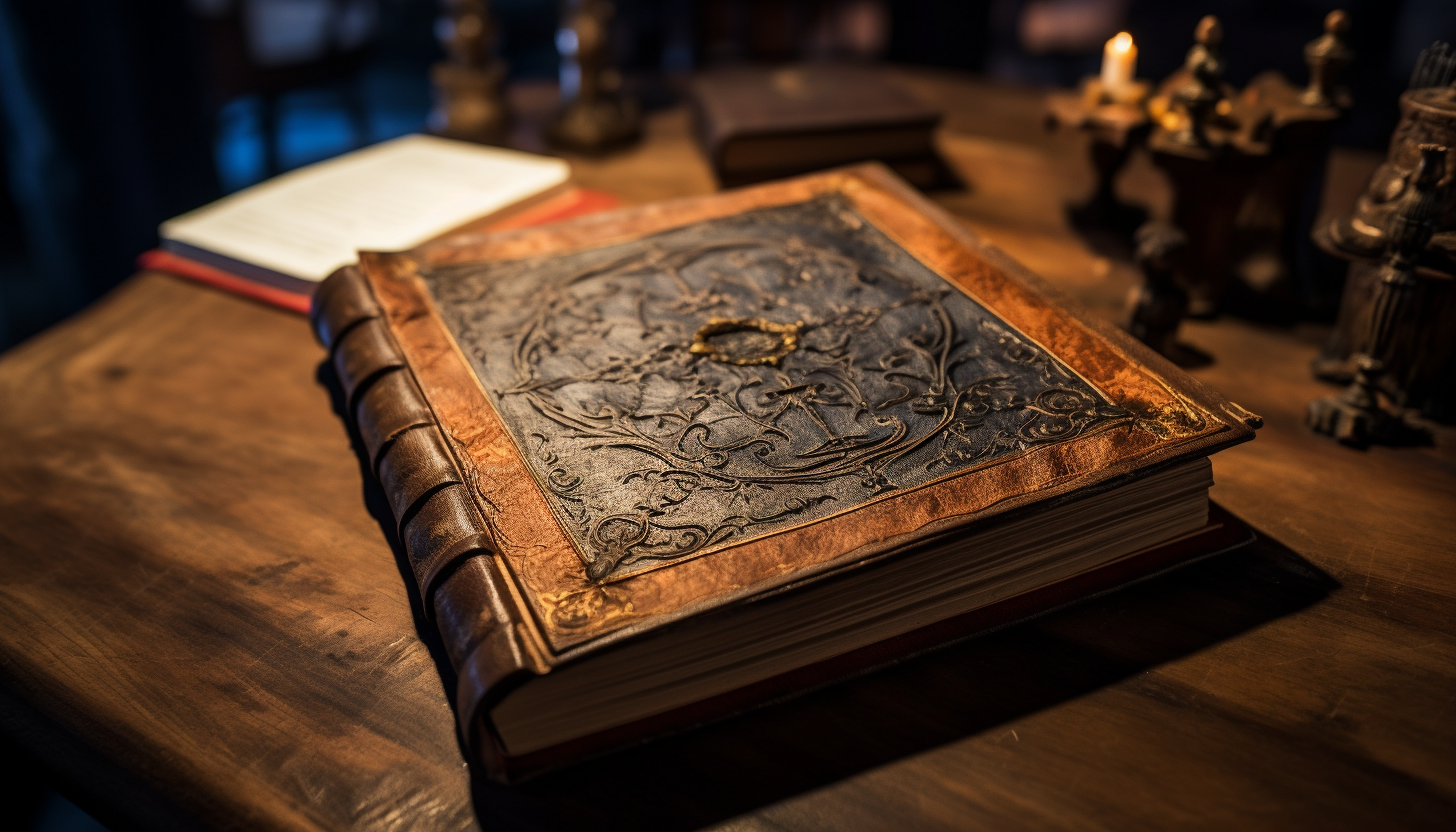The scent of paper, the whisper of pen against parchment—it is within these small moments that the genesis of the personal diary can be traced. Human beings, by nature, have always felt an intrinsic need to chronicle their experiences.
The earliest diaries, crude in form but rich in intent, were little more than cave paintings, an assorted, abstract assemblage of symbols and figures depicting the day-to-day existence of prehistoric man. They spoke a universal language, beyond words—of hunts, myths, legends, and seasons.
These earliest diaries, in all their simplicity, bore no resemblance to the diaries we know today. Yet, the crux of their purpose remains the same—recording the passage of life, charting the emotional landscape of the human heart.
Diaries in Antiquity
The pattern of intimate reflection heightened in antiquity as civilizations matured and literacy broadened. The ancient Greeks may be the earliest known admirers of diary-like entries. Their self-reflective musings, largely penned on papyrus, bore witness to their lived experiences, their philosophical meditations, their conquests, and defeats.
The Romans, being excellent record keepers, used “diurnals”—daily accounts about public matters. However, the true sense of personal diary emerged rather late in this age – men and women began to see the merit of jotting down personal thoughts and feelings, creating self-portraits through words instead of oil and canvas.
The Middle Ages and The Renaissance
The middle ages watched diaries evolve in step with the times. It began with chroniclers and historians penning the circumstances of their age. Monks offered introspective discourses on religion and spirituality. The Crusades, that great, tempestuous tide of ambition and ruin, birthed fascinating war journals.
The Renaissance, age of enlightenment and self-rediscovery, matured the diary form further. Diaries began to tackle more personalized themes—love, remorse, joy, loss, ambition.
Men penned their musings while women, unfortunately hidden under the shadow of societal norms, secretly engaged in this practice.
As the chiaroscuro of this age danced light and shadows upon the world, diaries emerged from their confines as more than just transactional logs. They turned into an exploration of the human condition.
Diaries in The Modern Era
As the world shifted into the modern age, diaries became even more deeply introspective. It was seen as a repository of unfiltered thoughts, a safe haven for honesty and raw emotions.
Key historical figures and common individuals alike began to treat diaries as silent confidantes, revealing their deepest ruminations, fears and triumphs.
The nineteenth and twentieth centuries revealed the power of diaries as socio-cultural documents. Diaries of this period, from civil war soldiers to victims of wars, famine, and pestilence, bear indelible tales of human resilience and survival.
The Digital Age
The dawn of the 21st century saw diaries embracing the digital landscape. Dedicated diary apps, blogging platforms, and social media allow instant chronicles and reflections. The digital diary, paradoxically, has become a space of both privacy and exhibition—a personal sanctuary and a communal gathering.
Ephemeral Narratives: The Social Media Diary
The emergence of social media has strikingly altered the face of diaries. Personal experiences are distilled into 280 characters on Twitter, immortalized as Instagram stories, or shared as Facebook posts.
Technological evolution has wedged a fair distance between the diary’s earliest iterations and its present form. Yet, the fundamental core remains unchanged: the human drive to record, reflect upon, and share lived experiences.
Diaries have journeyed through time and spaces, evolving yet holding steadfast to their main objective: to chronicle the ordinary and extraordinary moments of life.
Be it cave paintings, papyrus scrolls, dog-eared notebooks, or digital footprints; these diaries, in essence, capture the indomitable spirit of mankind—our joys, our sufferings, our victories, and our losses.

Leave a Reply